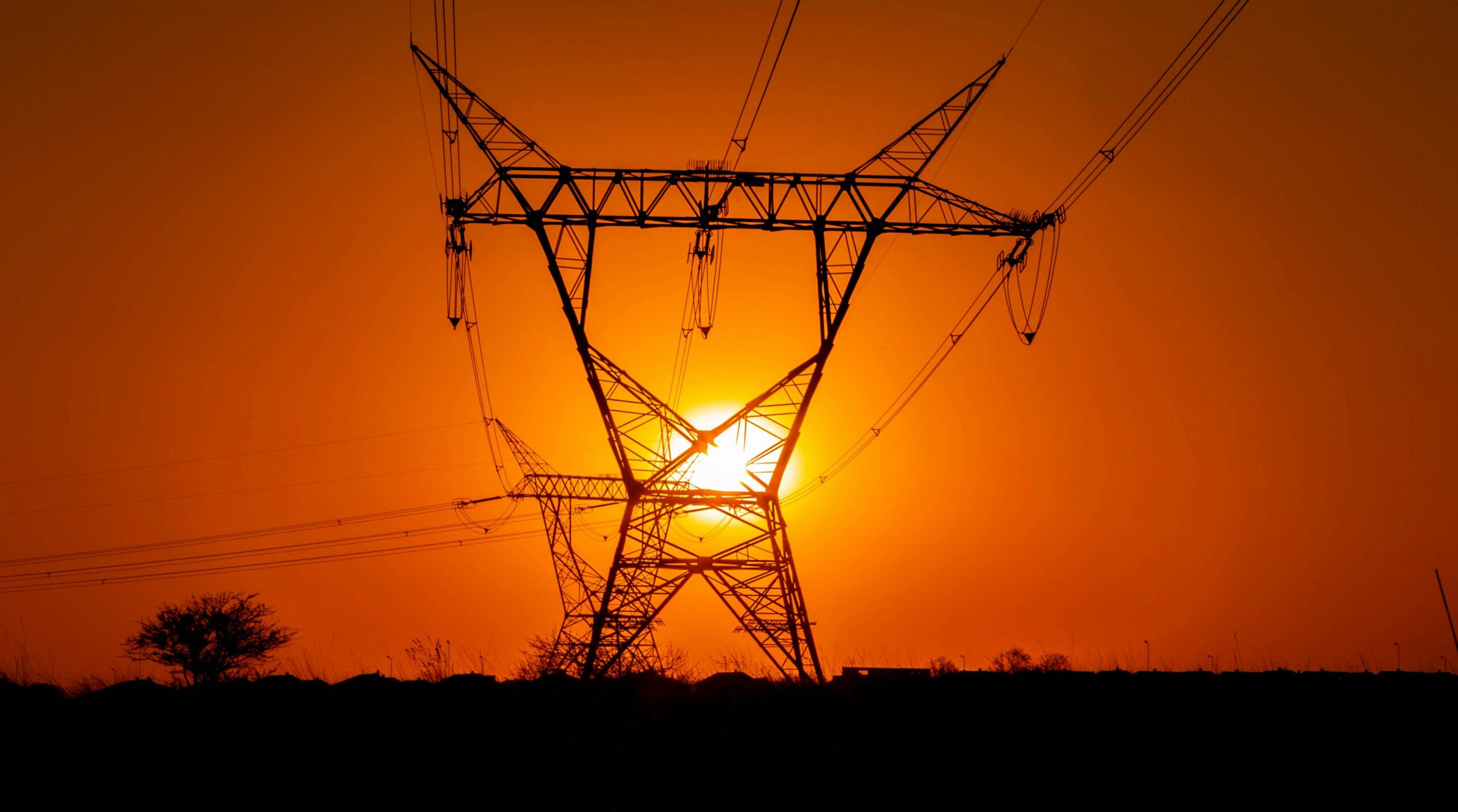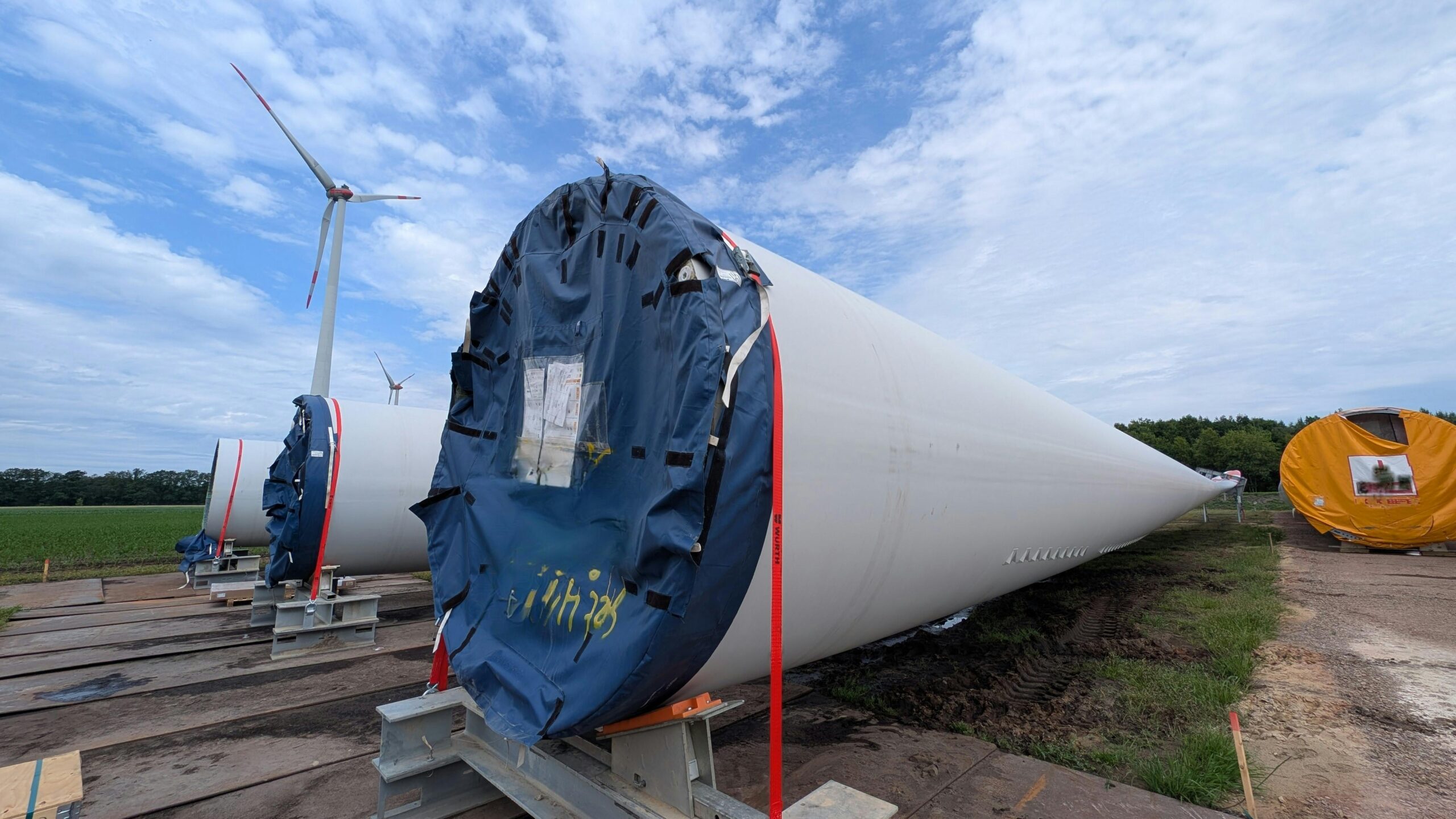AI’s Expanding Role in the Energy Sector
AI’s application in the energy sector is far-reaching, touching upon nearly every facet of power generation and distribution. The sheer volume of data generated by modern grids – from smart meters and sensors to distributed energy resources – is simply too vast for human analysis. AI provides the ability to process this data in real-time, identifying patterns and anomalies that would otherwise go unnoticed. The integration of AI is leading to increased efficiency, reduced costs, and improved resilience across the entire energy value chain.
Grid Management and Optimization
One of the most impactful applications of AI lies in grid management and optimization. AI algorithms analyze massive data streams to match energy supply with demand, optimize energy storage, and proactively manage grid operations. This intelligent management results in improved efficiency, reduced operational costs, and enhanced grid reliability. AI-driven automation allows for real-time responses to fluctuations in supply and demand, preventing overloads and facilitating the seamless integration of renewable energy sources.
Predictive Analytics and Maintenance
Beyond immediate operational management, AI excels at predictive analytics. Machine learning models can forecast energy demand with increasing accuracy, enabling utilities to better anticipate future needs. Crucially, these models can also predict potential equipment failures before they occur. This proactive approach – known as predictive maintenance – reduces downtime, extends the lifespan of critical assets, and minimizes disruptive service interruptions. The ability to anticipate problems and address them before they impact customers is a significant advantage offered by AI.
Integration of Renewable Energy
The increasing prevalence of renewable energy sources like solar and wind presents unique challenges for grid operators. These sources are inherently variable, making it difficult to maintain a stable power supply. AI plays a critical role in managing this variability, ensuring grid stability despite intermittent generation. Advanced AI systems facilitate the seamless integration of distributed energy sources and microgrids, reducing reliance on traditional, centralized infrastructure and paving the way for a more decentralized and sustainable energy system.
Cybersecurity and Grid Resilience
The rise of smart grids and the proliferation of Internet of Things (IoT) devices have also introduced new cybersecurity risks. AI is now essential for detecting and mitigating these threats. Techniques like recurrent neural networks (RNNs) are employed for anomaly detection and real-time threat response, protecting grid integrity from increasingly sophisticated attacks, such as false data injection. Maintaining robust cybersecurity measures is paramount to ensuring the reliable operation of modern energy infrastructure.
Real-Time Monitoring and Automated Decision-Making
AI agents are providing real-time situational awareness and automated control of grid functions. This enables faster response times to disruptions and enhances overall grid stability. By reducing human error and speeding up recovery from incidents, AI contributes to a more resilient and dependable energy supply. The ability to make automated decisions based on real-time data is transforming how grid operators manage complex and dynamic power systems.
Industry Initiatives and Collaborations
Recognizing the transformative potential of AI, numerous industry initiatives and collaborations are underway. These efforts aim to develop standardized models, share best practices, and accelerate the adoption of AI across the energy sector.
Open Power AI Consortium
The Electric Power Research Institute (EPRI) and Microsoft have launched the Open Power AI Consortium, a collaborative effort to develop standardized AI models for power sector applications. The goal is to establish frameworks for AI validation, interoperability, and rapid adoption, while fostering innovation within the industry. This consortium acknowledges the need for a balance between open-source, baseline models and proprietary solutions.
Major Tech Companies Leading the Market
Companies like Microsoft and Amazon are at the forefront of providing AI-powered solutions that enhance energy efficiency, resilience, and predictive analytics. Their platforms are used for everything from optimizing energy trading and automating grid operations to improving customer support and streamlining administrative processes. These tech giants are significantly contributing to the acceleration of AI adoption in the energy sector.
Generative AI and the Future Grid
Beyond traditional machine learning applications, generative AI is emerging as a powerful tool for decision support and future grid planning. This next-generation technology has the potential to revolutionize how energy systems are managed and operated.
Generative AI for Decision Support
Generative AI models are being trained to provide reliable, real-time decision support for grid operators. These models can simulate high-fidelity scenarios, optimize complex systems, and help plan for a 100% clean electricity grid by 2035. By providing insights and recommendations based on vast datasets and complex simulations, generative AI empowers grid operators to make informed decisions and proactively address emerging challenges.
Data Tools and Observatories
The International Energy Agency’s (IEA) Energy and AI Observatory and similar platforms are providing valuable data tools to track AI adoption, monitor energy usage, and benchmark best practices across the sector. These resources provide valuable insights into the evolving landscape of AI in the energy sector, facilitating informed decision-making and driving innovation.
Challenges: Governance, Security, and Transparency
While the potential benefits of AI in the energy sector are undeniable, it is crucial to address the associated challenges. Strong governance frameworks, robust security protocols, and a commitment to transparency are essential for ensuring the responsible and equitable deployment of AI.
Governance Cannot Be an Afterthought
As AI becomes increasingly integral to grid decision-making, strong governance frameworks are essential. This includes transparent algorithms, clear accountability, robust security protocols, and equitable access to AI benefits. Without proper oversight, the risk of errors, bias, or cyber incidents increases, potentially undermining grid reliability and public trust. A proactive approach to governance is critical for maximizing the benefits of AI while mitigating potential risks.
Energy Demand and Environmental Impact
The growing use of AI in energy infrastructure also raises concerns about increased energy consumption for data centers and AI training. It’s vital to manage this carefully to ensure that the net environmental benefits are realized. Sustainable data center practices and energy-efficient AI training methods are necessary to minimize the environmental impact of AI adoption.
Ultimately, harnessing the full potential of AI in the energy sector requires a holistic approach that prioritizes not only technological innovation but also ethical considerations, responsible governance, and a commitment to environmental sustainability. By addressing these challenges head-on, we can pave the way for a more reliable, efficient, and equitable energy future.







Leave a Reply
You must be logged in to post a comment.